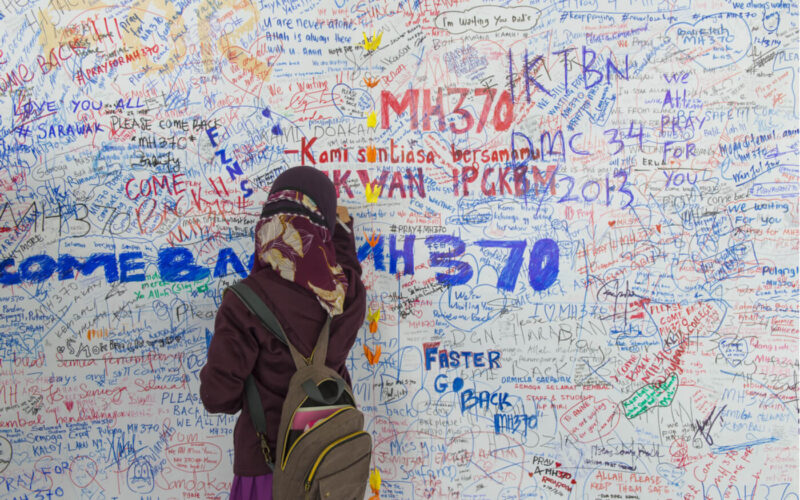On March 8, 2014, Malaysia Airlines flight MH370 disappeared with 239 people on board in what was suspected to be a crash somewhere in the southern Indian Ocean. The accident, which led to a multinational search party, left no traces of the aircraft. However 33 pieces of debris – suspected to be from flight MH370 – were claimed to be discovered on the coasts of Mauritius, Madagascar, Tanzania, and South Africa.
The flight, which was scheduled for Beijing, disappeared from the radar after taking off from Kuala Lumpur International Airport.
Among the investigators who set out to uncover the mysterious disappearance of Malaysia Airlines Boeing 777, aerospace engineer Richard Godfrey claims to have discovered key data from his years of investigating the 2014 disappearance of flight MH370. His latest blog entry, published on May 4, 2021, suggests that the pilot commanding the flight took intricate measures to set false trails and give an unclear depiction of the aircraft’s heading.
Godfrey claims that the findings were compiled using a unique network of radio signals that run across the globe known as the “weak signal propagation report” network or WSPR. The network is a collection of multidirectional weak radio signals across the globe that set off “electronic trip-wires” when crossed by commercial, private, or military aircraft. Godfrey’s findings suggest that pilot Zaharie Ahmad Shah could have followed a “carefully planned flight path to avoid” revealing the heading of the aircraft.
Satellite ping data from the research indicates that the flight, initially heading for Beijing, took an unexpected 180-degree and turned back across the Malay Peninsula and the Malacca Strait. This coincided with initial data from the investigation. Combining the satellite data with WSPR data gives, according to Godfrey, a more accurate view of the flight path and location of the moment the aircraft vanished and the possible crash site at 34.5 degrees south, south-west of Western Australia near the imaginary line known as the “seventh arc” – the possible location of the plane at the time of its seventh satellite ping.
“Both systems were designed for another purpose other than the detection, identification, and localisation of aircraft,” Godfrey wrote. “However, […] together the two systems can be used to detect, identify and localise MH370 during its flight path into the Southern Indian Ocean.”
Before disappearing off the radar, Godfrey’s data reveals several unusual speed and directional changes on flight MH370 which were allegedly designed to avoid commercial flight routes. This could have left false trails on unofficial routes around the western end of Indonesia and the Indian Ocean. Godfrey’s analysis suggests that the speed changes were well over the regulated speed schedules found in long-range cruise (LRC) or maximum-range cruise (MRC) modes.
“The pilot of MH370 generally avoided official flight routes from 18:00 UTC (2:00 am AWST) onwards but used waypoints to navigate on unofficial flight paths in the Malacca Strait, around Sumatra and across the Southern Indian Ocean,” wrote Godfrey. “The pilot appears to have had knowledge of the operating hours of Sabang and Lhokseumawe radar and that on a weekend night, in times of little international tension the radar systems would not be up and running.”
The intricate nature of the data implies a carefully coordinated misdirection which, according to Godfrey, requires a level of planning and detail that “implies a mindset that would want to see this complex plan properly executed through to the end.”
Since the crash, several underwater search missions of the south Indian Ocean floor have taken place between 2014 and 2018, however, all came up empty.

